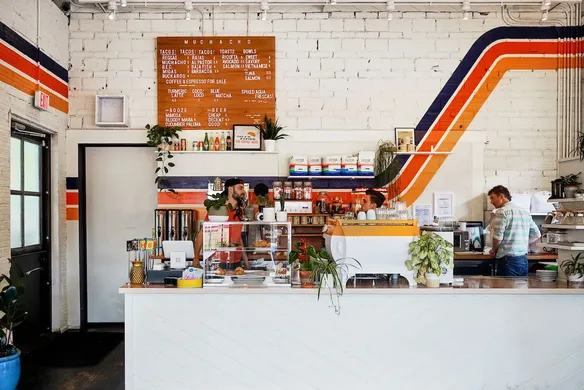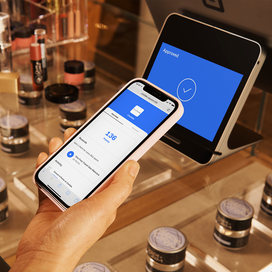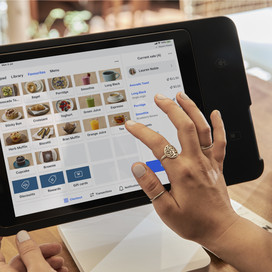Table of contents
Coffee lovers are serious about their morning brew. But with so many options for getting their daily fix, building brand allegiance takes more than friendly baristas who have memorised the preferences of regular customers. You can set yourself apart with great products and superior service, but a loyalty program can help you convert occasional customers to your loyal regulars.
Increasing your loyal customer business is good for business on two fronts. First of all, it’s much more expensive to acquire a new customer than it is to keep an existing one. And second, loyal customers often spend more with you. For example, coffee shops that use Square Loyalty see 1.67 times more spend from customers enrolled in their loyalty program versus customers that aren’t enrolled.
Whether you have a legacy loyalty program, or you’re looking to start one for the first time, here’s how you can design a loyalty program that will incentivise coffee addicts to keep getting their caffeine buzz at your shop.
Step 1: Decide how your loyalty program will work
Before you start, you need to think about what you want your program to do for your business. Boost frequency of visits? Increase ticket size? Once you determine your priorities, you can structure your program to help you attain your objectives. For example, if you want customers to come into your coffee shop daily, design your loyalty program so that rewards are based on number of visits.
Here are the three most common program structures:
- Visit-based programs reward points based on a per-visit minimum. For example, customers might earn 1 point for every visit at your business when they spend at least $5.
Pro: Rewards customers for coming in on a regular basis, encouraging repeat behavior
Con: Gives all purchases the same weight, and doesn’t reward customers for larger purchases - Spend-based programs reward points based on the total amount spent before tip. In this structure, for example, customers might earn 1 point for every $1 spent on a purchase.
Pro: Rewards customers more as they spend more with you
Con: Customers who come often but spend less have to work harder for points - Item-based programs reward customers for purchasing a specific item or category. You might allocate different point amounts to specific products like 1 point for a regular coffee or 2 points for a pastry.
Pro: Allows you to encourage specific purchase behaviors based on your business goals
Con: Only rewards customers for what you want them to purchase, not necessarily what they usually purchase.
Review your sales data – how often customers return, how much they spend, and what your most popular items are, what is your average ticket size – when you’re developing your structure to make sure it will encourage existing behaviors. Seventy percent of people abandon loyalty rewards because it takes more than six months to redeem rewards. So if your customers feel like it takes forever for them to earn any loyalty rewards, they might just find another coffee shop where they enjoy more frequent benefits.
Over 80% of food and drink businesses that use Square Loyalty use a visit or spend based program. And while there is no right or wrong program setup — you need to do what’s best for your business — your program should:
- Be easy for customers to understand and remember. Your customers should be able to grasp the value of the program quickly. And they shouldn’t have to remember lots of rules.
- Allow customers to earn points on most of their transactions. If you are going to set a minimum spend amount, make sure it’s lower than your average ticket size. That way, most of your customers’ transactions will earn points.
- Help you achieve your business goals. You shouldn’t set up a loyalty program just to have one; you should structure it to support specific goals like encouraging more visits or larger ticket sizes.
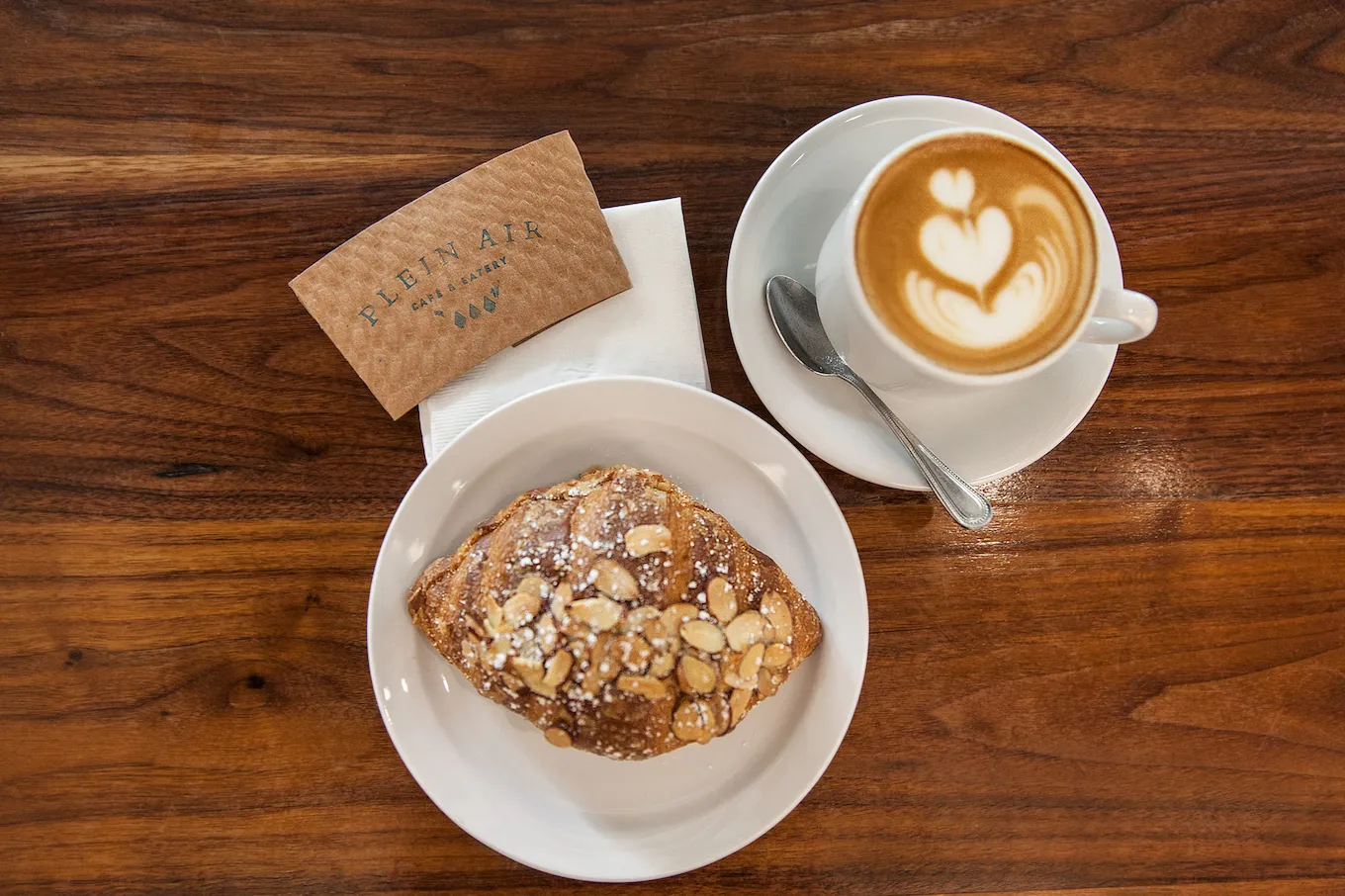
Step 2: Pick rewards that will keep customers coming back
Once you have a structure for your program, you need to determine the types of rewards that will keep your customers engaged and coming back. Here are a few common reward types:
- A discounted sale is a fixed percentage or dollar discount for entire sale (ie. $5 off next purchase, 10% off next purchase)
- A discounted item is a fixed percentage or dollar discount on specific items, like $2 off any latte
- A free item like a free drip coffee or free bag of coffee beans
Over 48% of food and drink businesses that use Square Loyalty offer a free item as their reward. You’ll also want to think about whether every time a customer reaches reward status they can redeem their points for the same reward (single tier) or if you want to develop multiple tiers of rewards that customers can cash in on. Here’s an example of what a multi-tier loyalty program might look like:
- Tier 1 (10 points): This tier would be something that customers always want and can redeem quickly, like a free cup of coffee.
- Tier 2 (25 points): For customers that are willing to wait and accumulate points, you want to make it more worth their while. You might give a discount on your most popular (and more expensive) item, like a pastry.
- Tier 3 (50 points): Your most loyal customers will definitely save up their points, so make sure they get something of high value in return, like a discount on their entire purchase.
There are a few things to consider when you’re developing your rewards. First, you want to ensure that your rewards won’t cut too drastically into your bottom line. Second, you need to make sure that your rewards will incentivise your customers. Before you implement your loyalty program, survey your customers via email or through employees and ask them what type of rewards appeal to them the most.
Step 3: Choose software to help manage your program
There was a time when loyalty programs began and ended with physical punch cards. And as satisfying as it was to fill them up, keeping track of a bunch of cards was pretty inefficient — for you and your customers.
When it comes to loyalty programs, simplicity is the key to success — you don’t want customers to feel like they’re applying for a credit card when all they want is to get a free coffee or muffin once in a while. That’s why digital programs make so much sense.
Square Loyalty, for instance, integrates with your point of sale. When you’re checking a customer out, you can easily enroll them just by asking them to enter their phone number and points get automatically tracked. Each time they come back, they can enter their phone number to earn and redeem rewards right from the point of sale. All of the purchases and points are logged in your POS’s Customer Directory so you get a holistic view of your customers’ activities. And your customer doesn’t have to worry about carrying around a card.
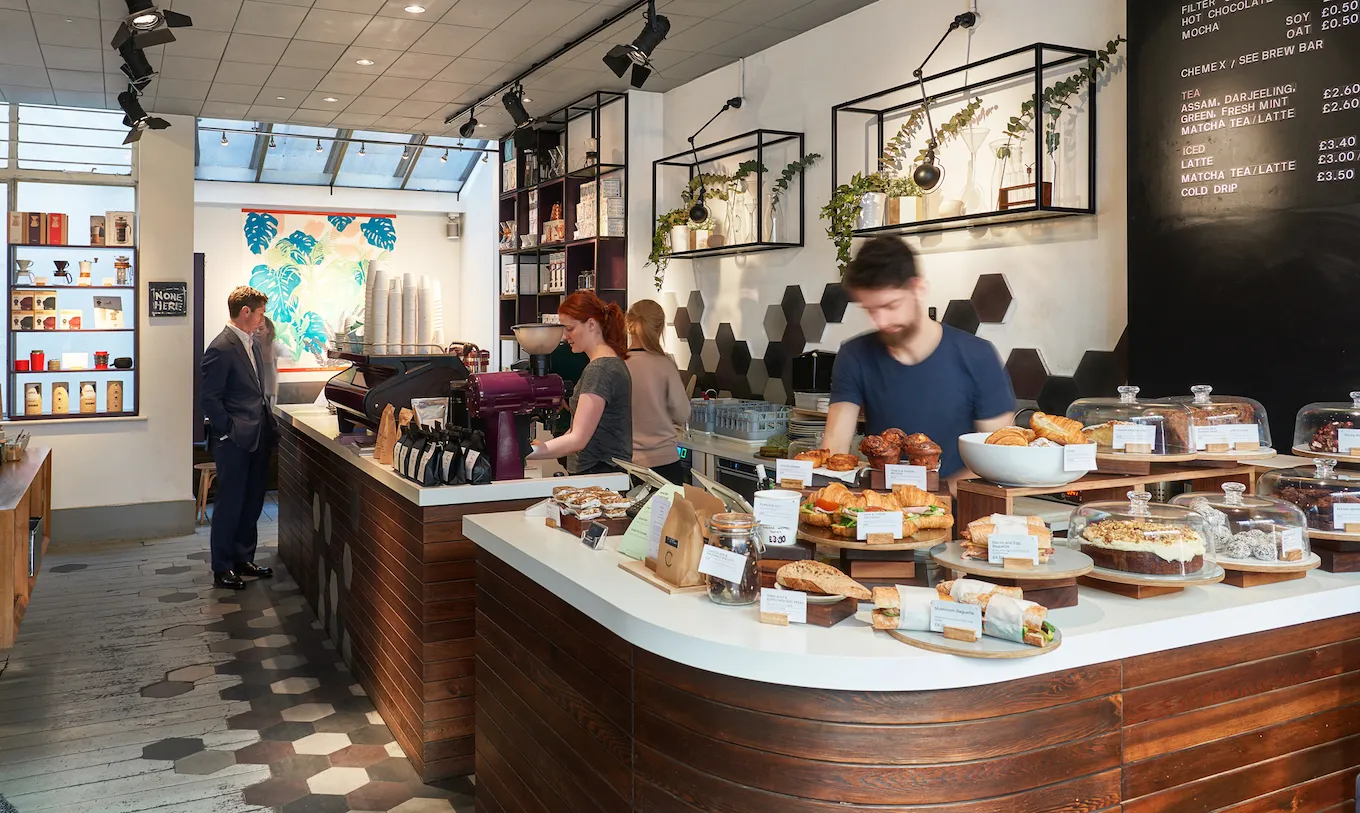
Step 4: Promote the program
In order to get the most benefit from a loyalty program, you need customers to sign up and use it. You should invest in marketing your program the same way you do for your latest specialty roast or newest pastry.
Add information about your loyalty program to your website, post about it on social media (you might call out one of your program members as a way to highlight it), and email your customers to encourage sign-up.
But the most important place to promote your loyalty program is in store — when customers are purchasing coffee from you. Add signage near the counter so customers can read up while they’re waiting in line. And train employees to ask customers to sign up as part of the check-out process.
Step 5: Measure its success
As with any marketing initiative, you need to be able to measure the success of your loyalty program on a regular basis. While that’s hard to quantify with a physical punch card program, a digital loyalty program provides a wealth of data for your to analyse.
With Square Loyalty, you can see the stats on your program members in your Square dashboard. For example, you can determine how much loyalty members spend versus those that aren’t enrolled. In addition, you can see how frequently your loyalty customers come back to your business versus non-loyalty customers. You can also see how many customers are enrolled, the increase in frequency of their visits, and how much their average ticket size has increased.
You should look at this data regularly to determine if your program is set up correctly and encouraging the behaviors you want. But you should also regularly survey your loyalty members — in-person or through email — to see how they like the program. Based on that data and feedback, you should tweak your program so it provides the most for you and your customers.
![]()

